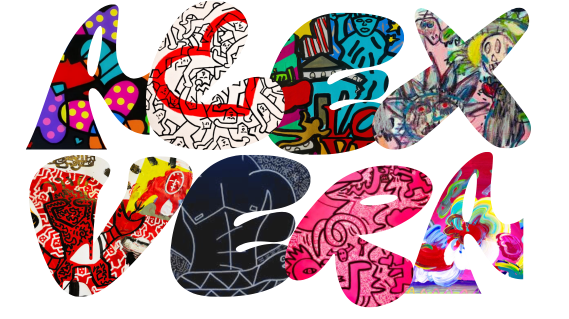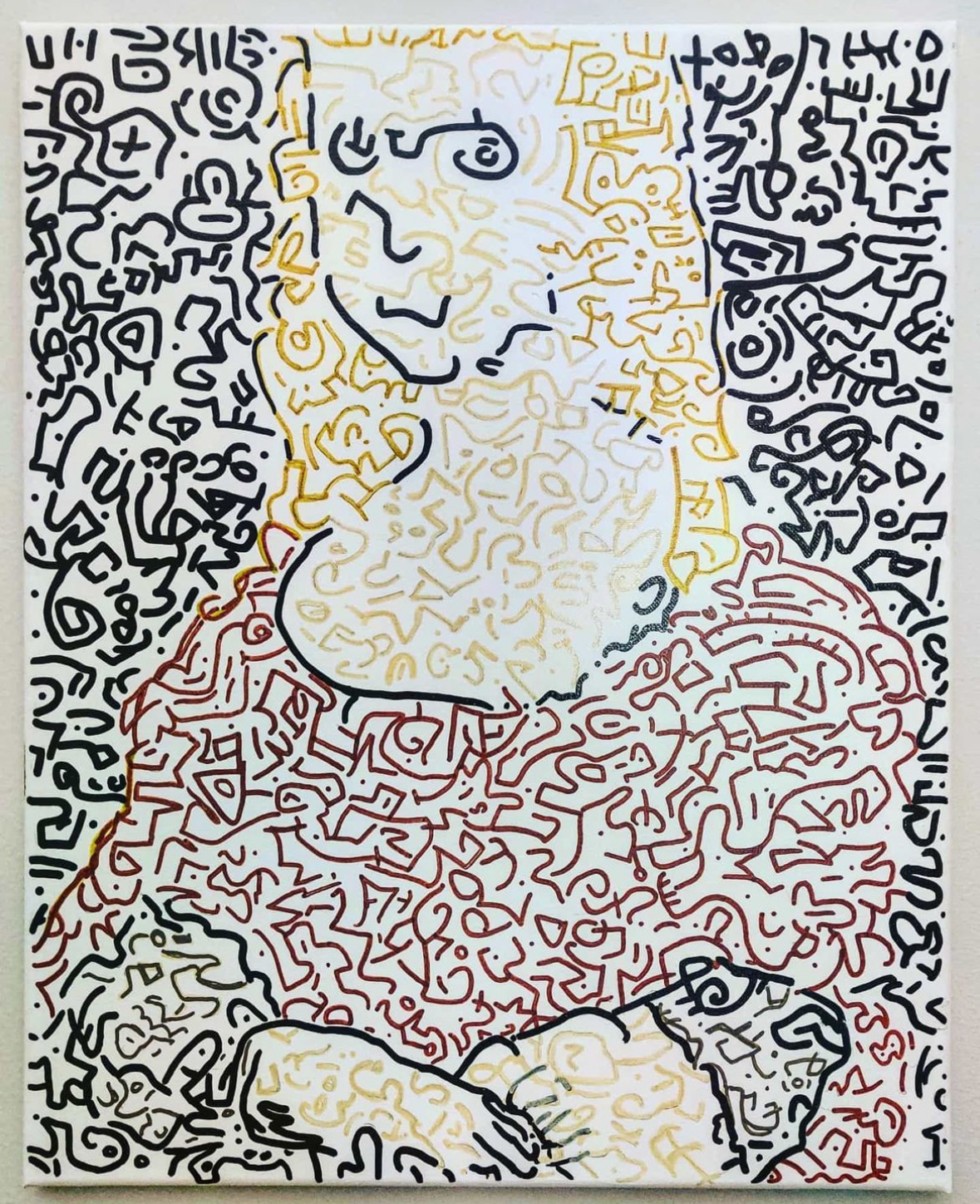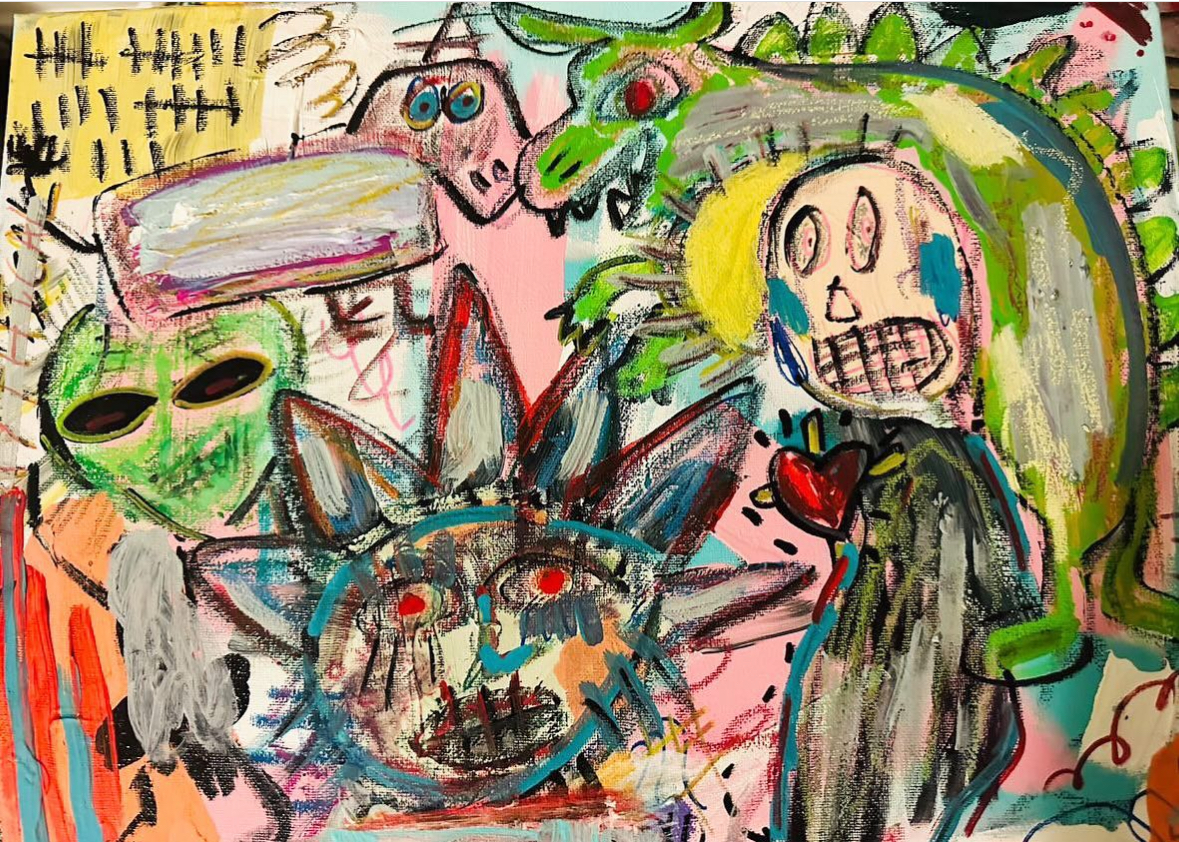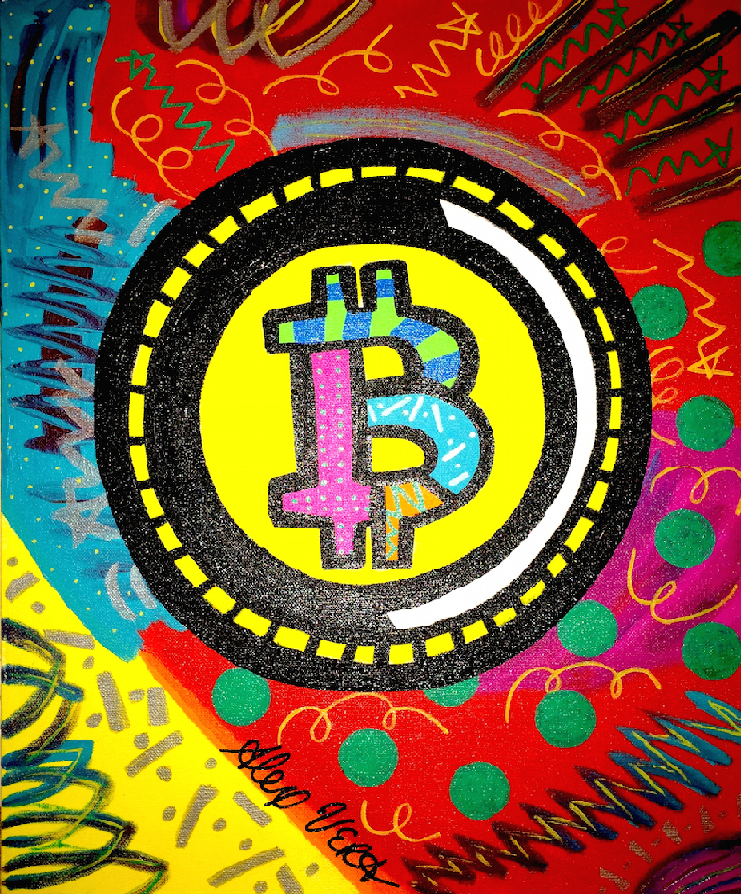In today’s world, artists are constantly striving to create pieces that are reflective of the cultures and ideals of their time. They are not afraid to experiment with different mediums or explore new ideas, often seeking inspiration from performance art or the latest digital technologies.
The term used to describe art created by living artists in the present day is “contemporary art.” This art form is characterized by its innovative approach and willingness to push boundaries. Unlike modern art, which is associated with a specific time period in the early 20th century, contemporary art is constantly evolving and adapting to the changing world around it.
Contemporary artists draw from a diverse range of influences, including pop culture, political and social issues, and personal experiences. They are not limited by traditional art forms or techniques, and may incorporate unconventional materials or technology into their work.

What Is Contemporary Art?
Contemporary art is the term used to describe art created in the present day, as well as artwork produced during the late 20th and early 21st centuries. It encompasses a wide variety of artistic styles, techniques, and subjects, and is constantly evolving as artists seek to push boundaries and challenge traditional conventions.
Although contemporary art is typically associated with the post-World War II era, it can be difficult to differentiate between modern and contemporary art. Modernist style artwork is not always produced during the modern art movement’s specific time frame, so there can be some overlap between the two categories.
One of the defining characteristics of contemporary art is its use of modernism’s techniques, styles, and subject matter. However, the exact definition of contemporary art is difficult to pin down because it continues to evolve and adapt over time.
Contemporary art emerged in the 1960s and 1970s as a response to the rapidly changing social and political landscape of the era. As artists sought to make sense of the world around them, they began to explore new forms of expression and experiment with unconventional materials and techniques.
Today, contemporary art blurs the line between what is traditionally considered fine art and what is not. As society continues to change and evolve, so too will the definition of contemporary art. What we view as contemporary art today may not be considered as such in the future, and new art styles and movements will undoubtedly emerge to take its place.
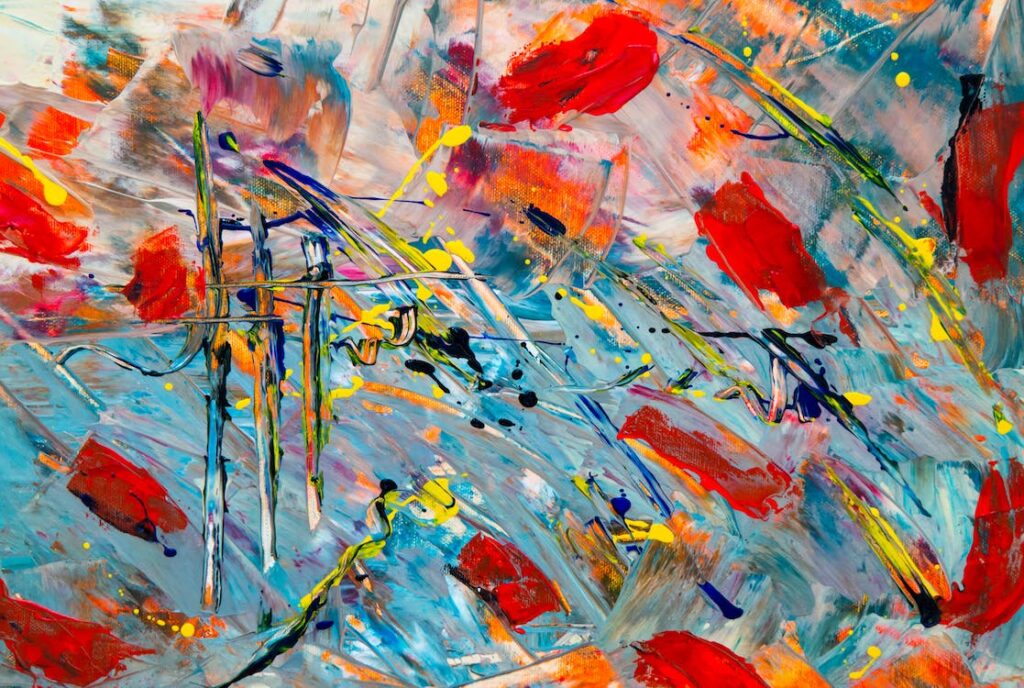
Who Started the Contemporary Art Movement?
Contemporary art is an art form that emerged in the 20th century as artists began to explore new forms of expression and challenge traditional conventions. Unlike art that focused on religious or mythological subjects, contemporary art sought to comment on society and explore themes of self-expression.
The popularity of contemporary art began to grow in the mid-20th century, as society experienced a shift towards questioning reality and challenging social norms. This led to a greater appreciation for art that pushed boundaries and challenged the status quo.
In the early 21st century, American artists played a major role in the rise of contemporary art. They were able to popularize the art form through their use of technology and imagination, creating pieces that were both visually striking and intellectually stimulating.
What Have Been Some Major Contemporary Art Movements?
The world of contemporary art has seen a multitude of movements over the years, each with its own unique style and creator. Some of the most notable contemporary art movements and their creators include:
Minimalism: Kazimir Malevich, a Russian painter, is credited with coining the term “minimalism” in 1915. His strict and refined style involved abstract geometric patterns and non-figurative paintings.
Pop Art: Andy Warhol, a British artist, is considered the central figure behind pop art. He gained notoriety for his work with mass-produced paintings of Marilyn Monroe, Campbell’s Soup Cans, and other popular culture images.
Word Art/Word Painting: Emerging in the 1960s, this movement was characterized by its use of text as a primary element in art. Its creator is unknown.
Conceptualism: This movement challenged the traditional notions of art by emphasizing the idea behind the artwork rather than its physical form. Sol LeWitt is considered one of the founders of conceptual art.
Performance Art: This movement involves live performances that combine elements of theater, dance, and visual arts. It emerged in the 1960s, and its creator is unknown.
Fluxus Movement: This avant-garde movement emerged in the 1960s and emphasized the process of creating art over the finished product. George Maciunas is considered the founder of the Fluxus movement.
Installation Art: This movement involves creating site-specific, three-dimensional works that are often immersive. Its creator is unknown.
Video Installations: This movement involves the use of video technology to create art installations. Its creator is unknown.
Hyperrealism: This movement emerged in the 1970s and involves creating art that is almost indistinguishable from reality. Chuck Close is considered one of the pioneers of hyperrealism.
Earthworks: Also known as land art, this movement involves creating large-scale works of art in natural landscapes. Robert Smithson is considered one of the founders of earthworks.
Post Minimalism Art: This movement emerged in the 1970s as a reaction to the strictness of minimalism. Its creator is unknown.
Feminist Art: This movement emerged in the 1970s and emphasized the role of women in the art world. Judy Chicago is considered one of the pioneers of feminist art.
Graffiti Art: Emerging in the 1970s, this movement involves creating art in public spaces using spray paint and other materials. Its creator is unknown.
New Subjectivity: This movement emerged in the 1970s in Germany and emphasized the subjective experience of the individual artist. Its creator is unknown.
Transavanguardia: This movement emerged in Italy in the late 1970s and emphasized the use of traditional materials and techniques in contemporary art. Sandro Chia and Francesco Clemente are considered the founders of transavanguardia.
Neo-Expressionist Art: This movement emerged in the 1980s and involved a return to expressive and emotional art-making. Anselm Kiefer and Julian Schnabel are considered two of the leading neo-expressionist artists.
Neo Pop Art: This movement emerged in the 1980s and combined elements of pop art and consumer culture. Jeff Koons is considered one of the leading neo pop artists.
Britart: This movement emerged in the 1980s in the UK and emphasized shock value and controversy in art-making. Damien Hirst and Tracey Emin are considered two of the leading Britart artists.
Deconstructivist Design: This movement emerged in the mid-1980s and involved the use of fragmented, non-linear forms in architecture and design. Zaha Hadid is considered one of the leading deconstructivist designers.
Bodyart: This movement emerged in the 1990s and involved using the human body as a canvas for artistic expression. The most common forms of body art include tattooing, piercing, scarification, and body painting.
Projection art: also known as light art, is a form of contemporary art that involves projecting images, videos, or animations onto various surfaces such as buildings, landscapes, or indoor spaces. Projection artists use sophisticated equipment and software to create these stunning visual displays, which can transform a space and immerse viewers in a new sensory experience.
The New Leipzig School: on the other hand, is a group of German artists who emerged in the early 2000s. They are known for their figurative paintings and drawings, which often incorporate elements of realism and surrealism. The New Leipzig School artists draw inspiration from a variety of sources, including pop culture, advertising, and contemporary life, and their works are characterized by a meticulous attention to detail.
Computer Art (where we are in this moment time in the 2020 decade): is an art form that involves the use of digital technology to create images, animations, and other visual content. With advancements in technology, computer art has become increasingly sophisticated and is now used in a variety of contexts, including advertising, film, and video games. Many computer artists use programming languages and algorithms to create their works, and the results can be breathtakingly beautiful and complex.
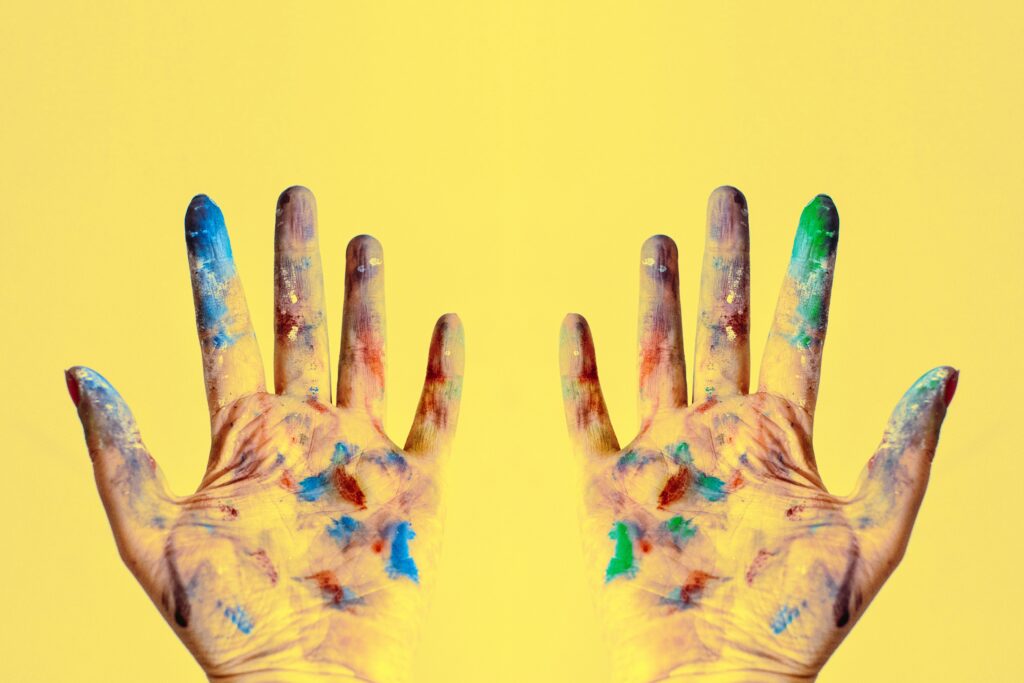
Contemporary Art Movement Today
These contemporary art movements continue to evolve and push boundaries with new technologies and ideas. From projection art to computer art, artists are finding innovative ways to express themselves and connect with their audiences. This has led to a greater appreciation and understanding of contemporary art, with exhibitions and shows showcasing the diversity and depth of this movement. While it may still be considered abstract or conceptual by some, contemporary art has become an essential part of the cultural landscape and continues to shape the way we view and interpret art today.
Buying Contemporary Art
Artist, Alex Vera, is a great example of modern day contemporary artists. His works infuses graffiti, pop art, political art, and technological affects on society in his works today.
